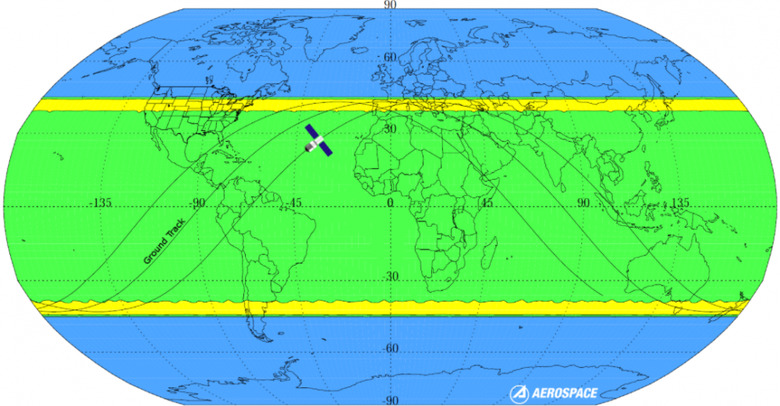China's First Space Station Is About To Crash Back Down To Earth
China's first space station, the Tiangong-1, was launched in late September 2011 with a massive weight of about 19,000lbs. The space station was pushed past its usable lifespan, and in 2016 it became clear that Chinese officials had lost contact with it...and, therefore, control of it. That triggered a process that will end this upcoming March, when the vessel will fall back to Earth with pieces of it likely surviving the reentry.
Space objects both natural and man-made fall back to Earth all the time, often burning up without anyone noticing. Sometimes the space debris forms a visible fireball that catches people by surprise, such as that time Russian space junk caused a fiery show in California. Rarely do whole pieces of space debris manage to crash back into the ground before burning up, though.

Officials says there's a chance that pieces of Tiangong-1 will survive reentry, however, falling into the ocean or impacting the ground. All of these bits of surviving debris should fall within a single space spanning a few hundred kilometers.
Where this location will be isn't so clear, though. The map above from Aerospace.org shows the possible areas where Tiangong-1 may land. The slim yellow strips are the most likely places, while the large green section has a lower probability.
The blue spaces are guaranteed to miss out on the fun.
If you're located within any of the yellow or green areas, there's no need to worry; the odds of being hit by a piece of falling space junk is incredibly minuscule. Aerospace.org explains that the odds of any given person living in the yellow space being struck is one million times less than the odds of winning the Powerball.
It is possible you be one of the lucky people who spot the falling debris, however. If that's the case, you should take note of both the time and location and then promptly report it to officials, including to Aerospace.org itself, to help researchers get vital details about it.
If you do spot the falling debris, do not touch any of it; officials warns that the Tiangong-1 could have a "highly toxic and corrosive substance" on board known as hydrazine that may survive the craft's reentry. You should also avoid breathing in the vapors, which means staying away from the impact zone if you happen to discover it.
SOURCE: Aerospace.org
